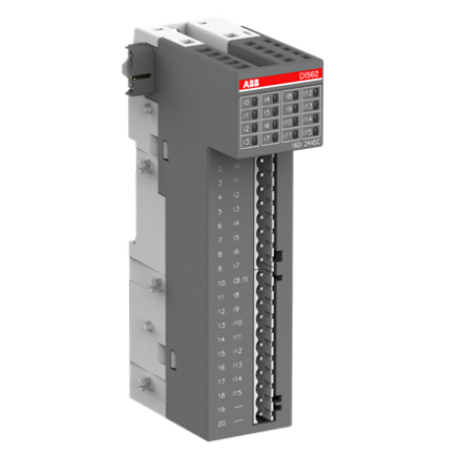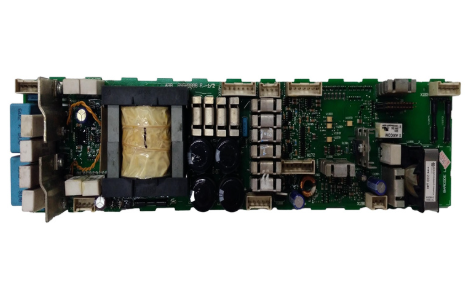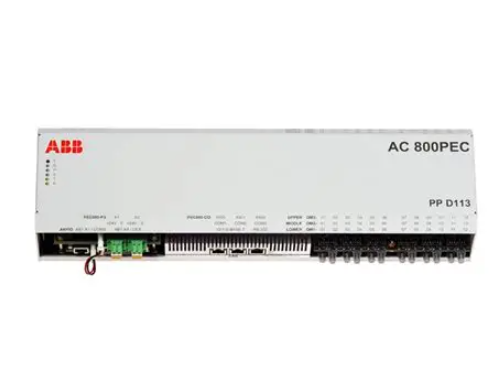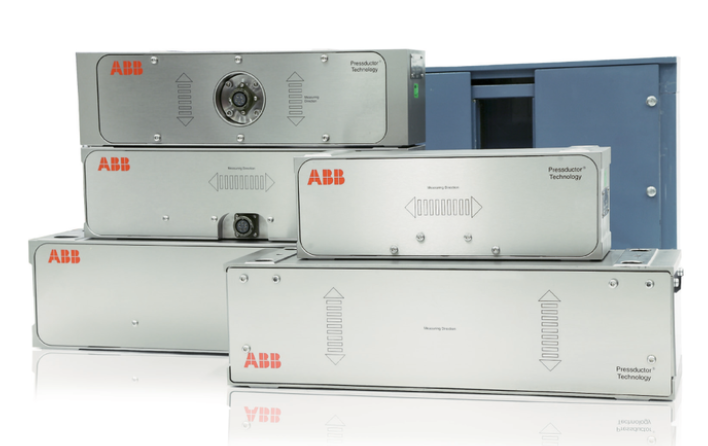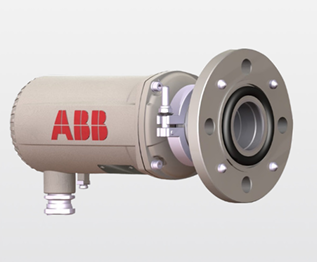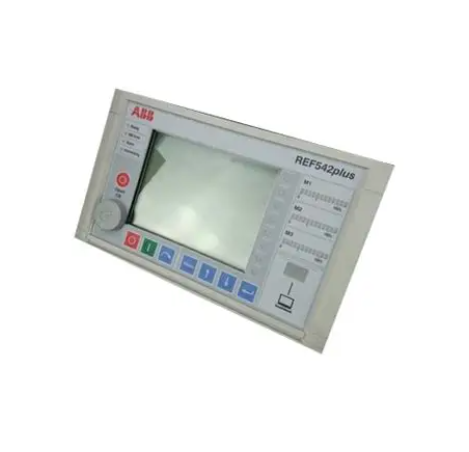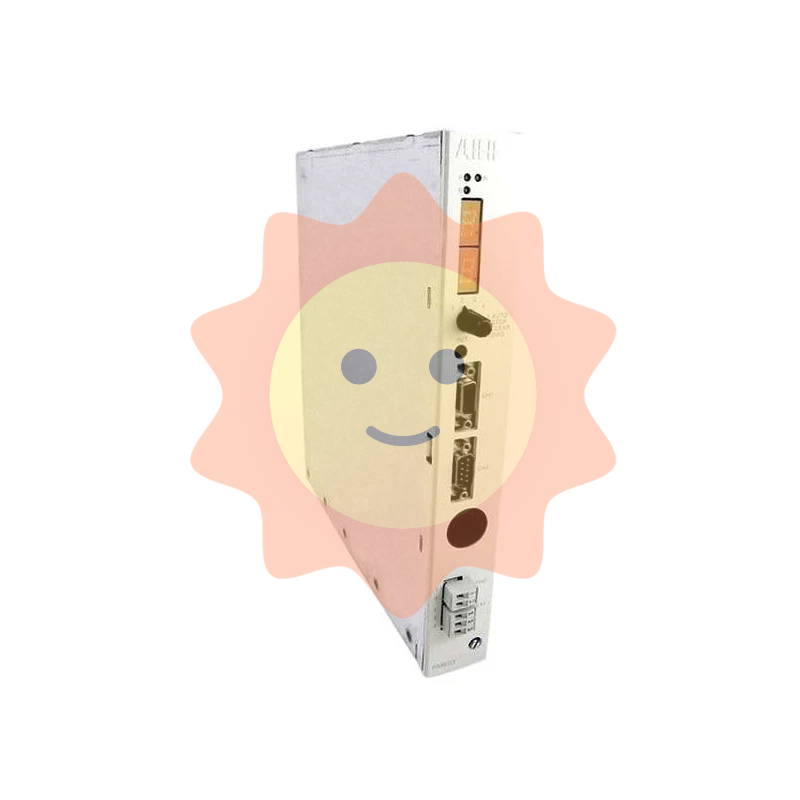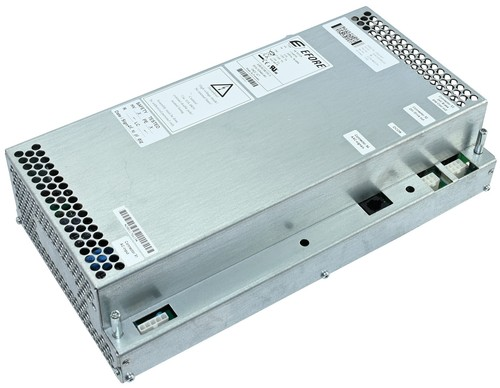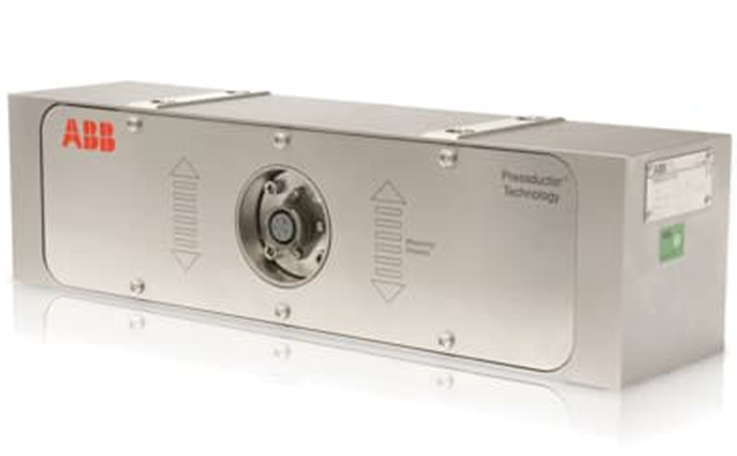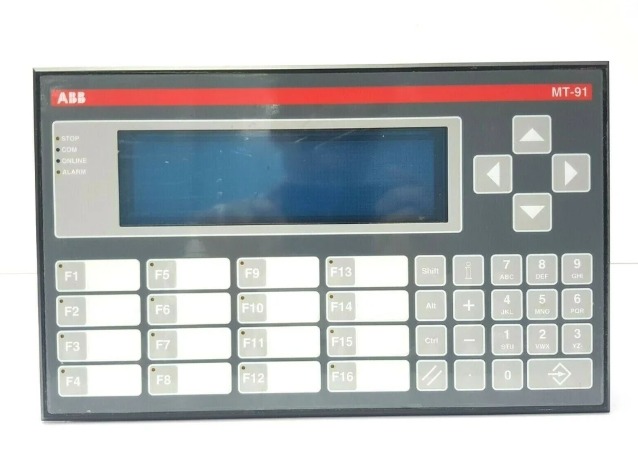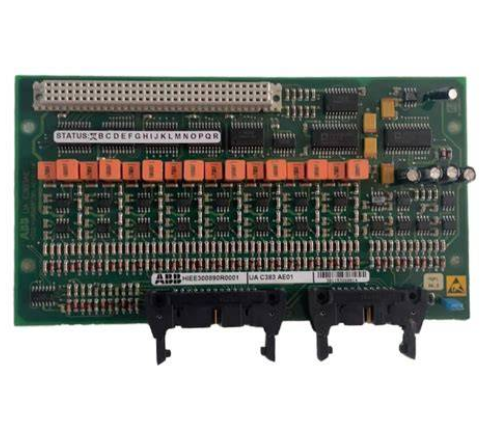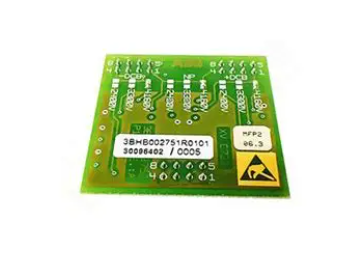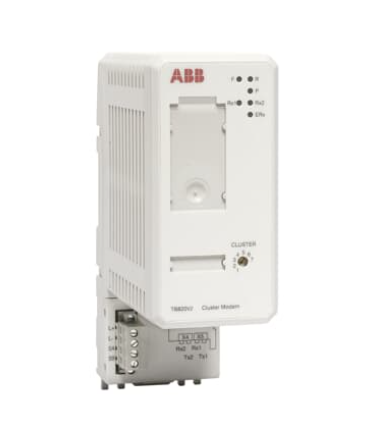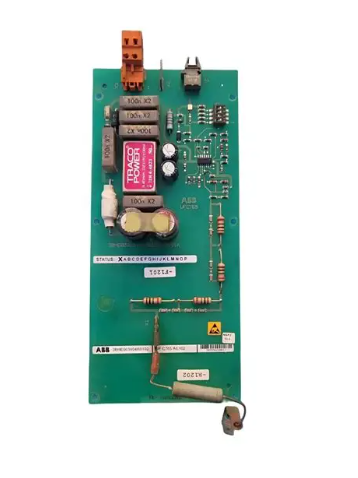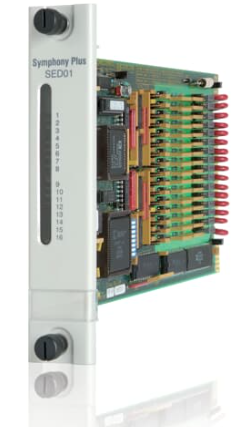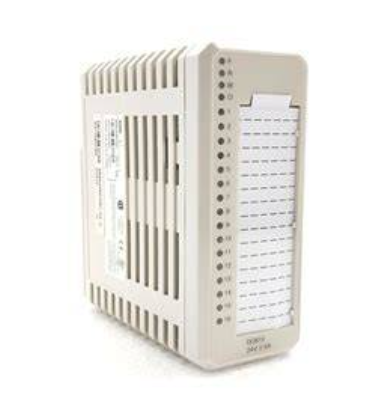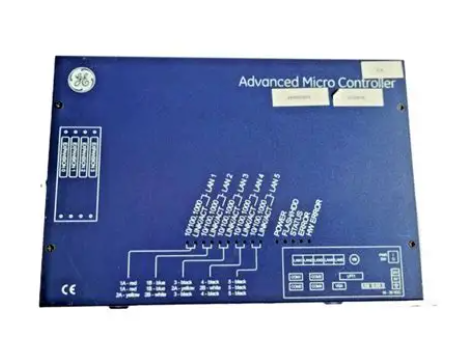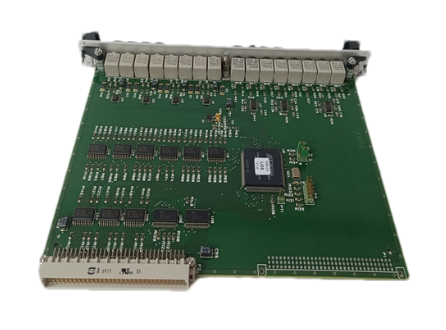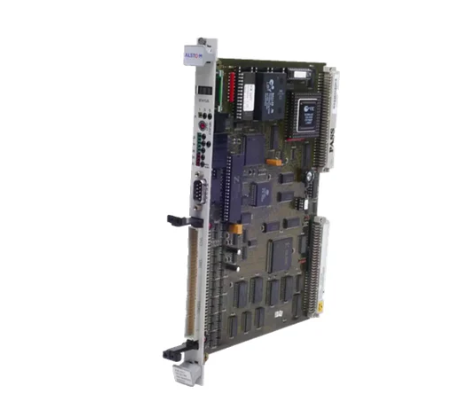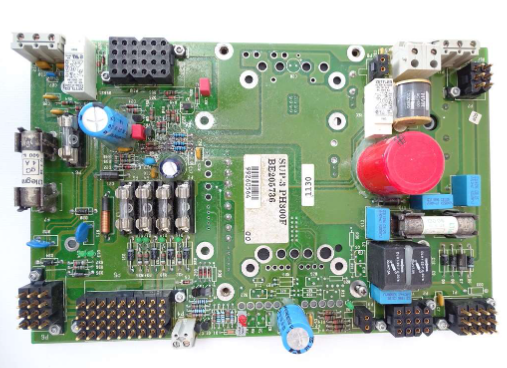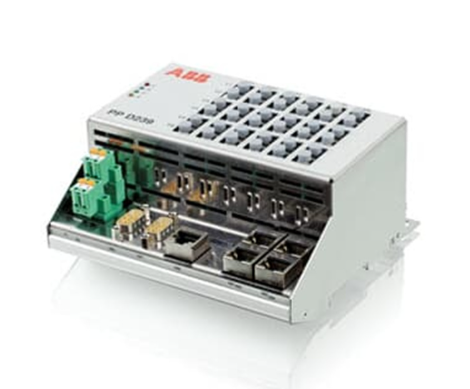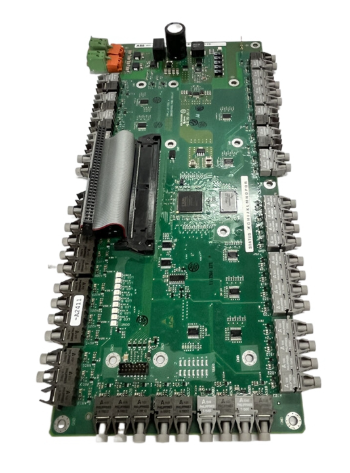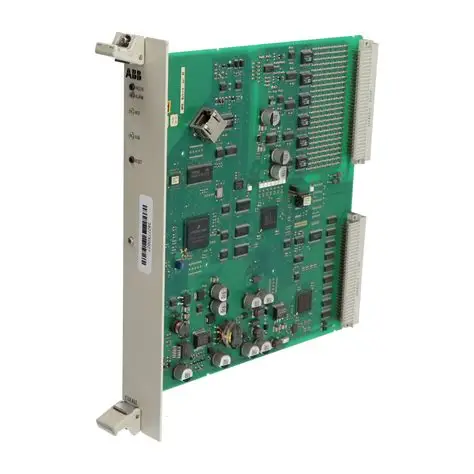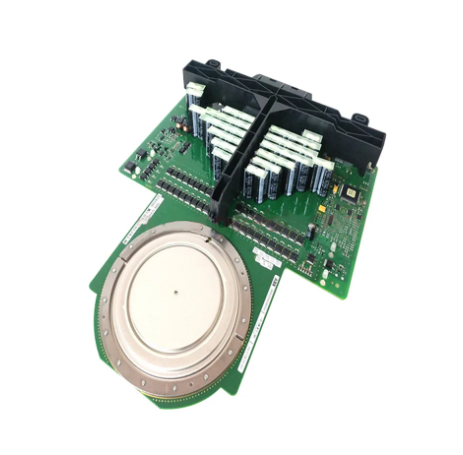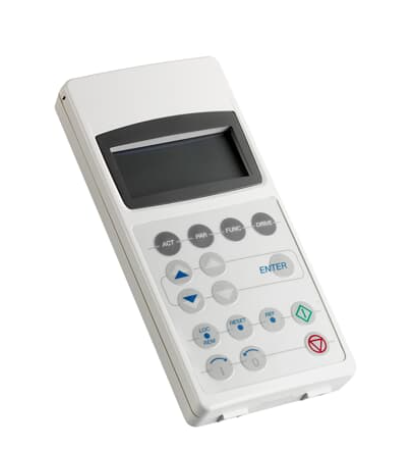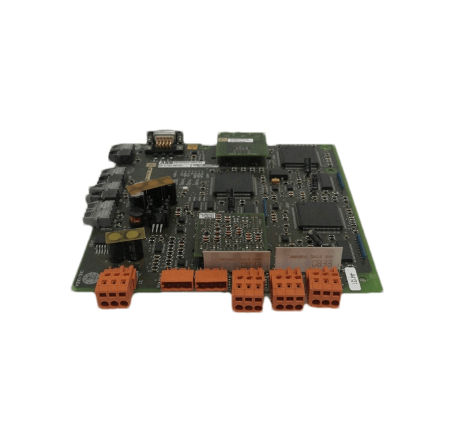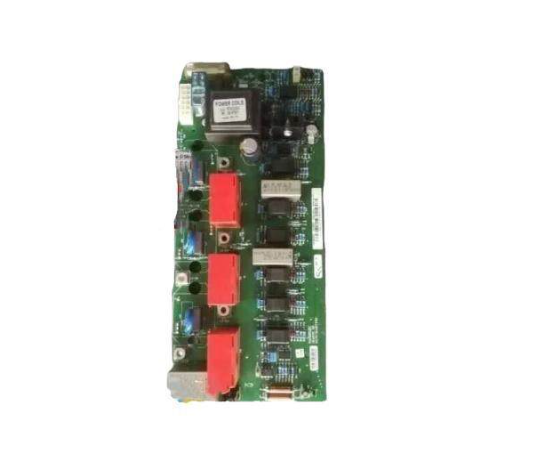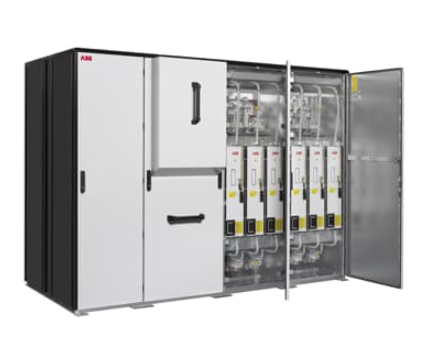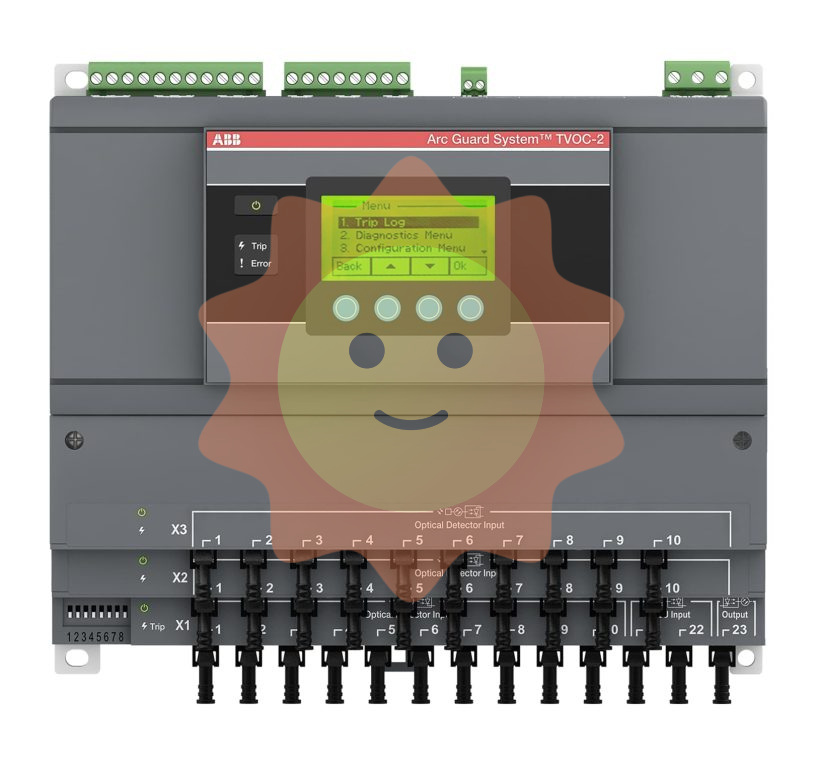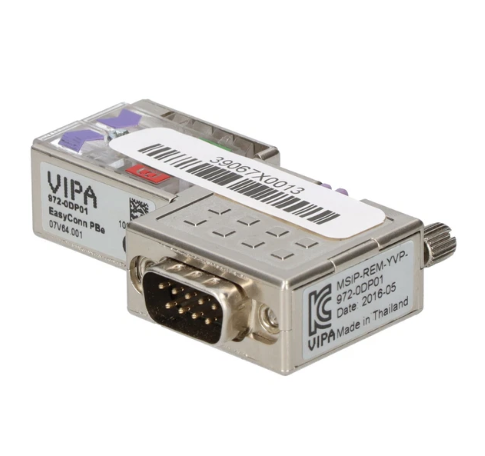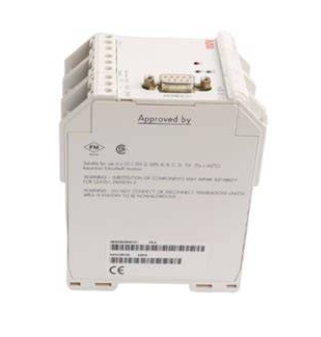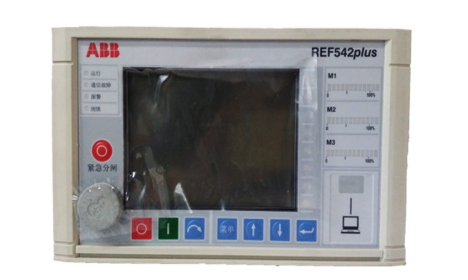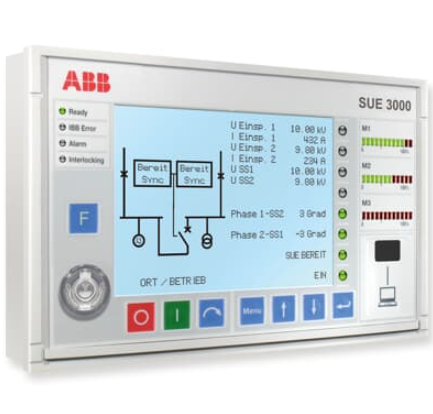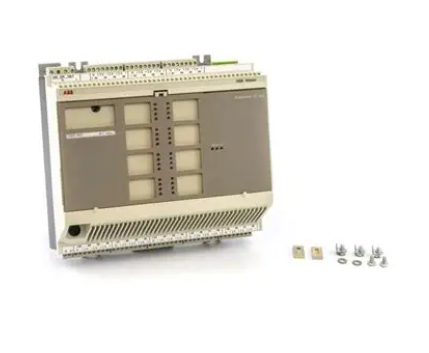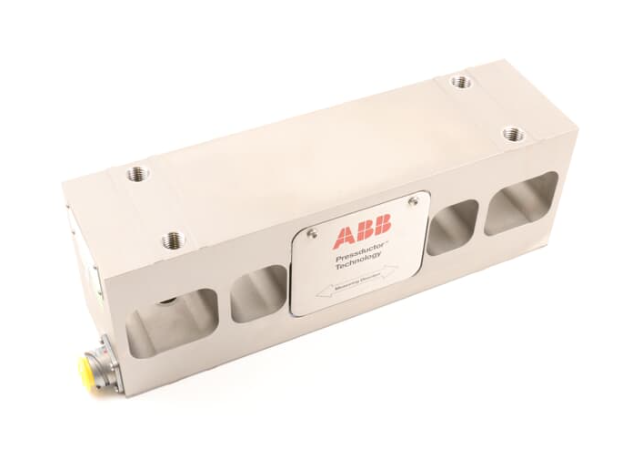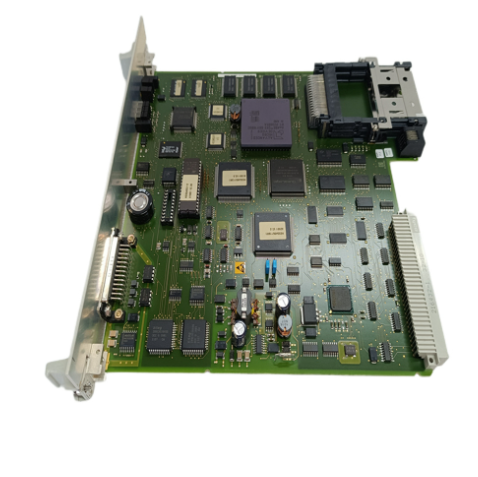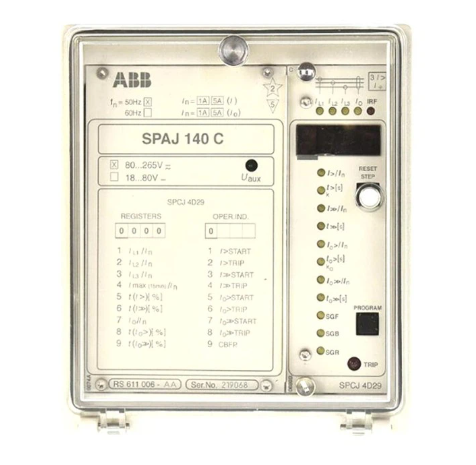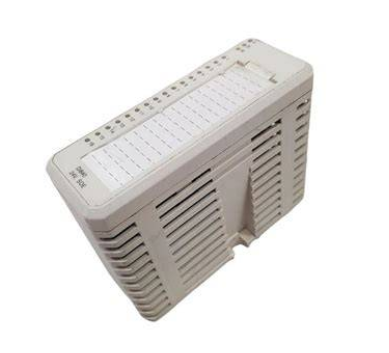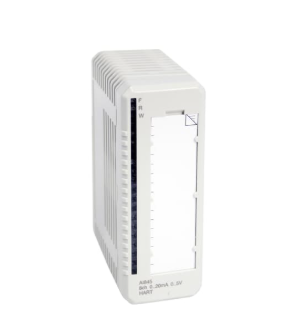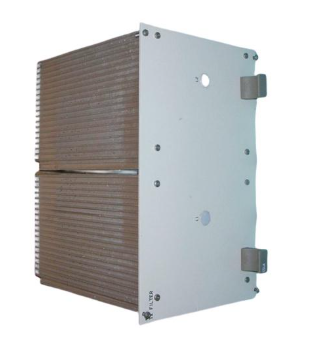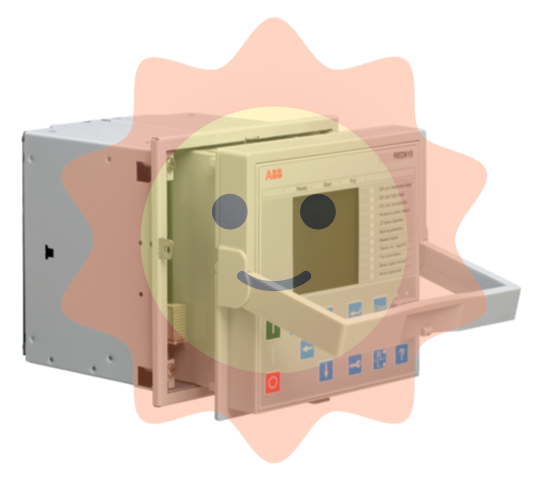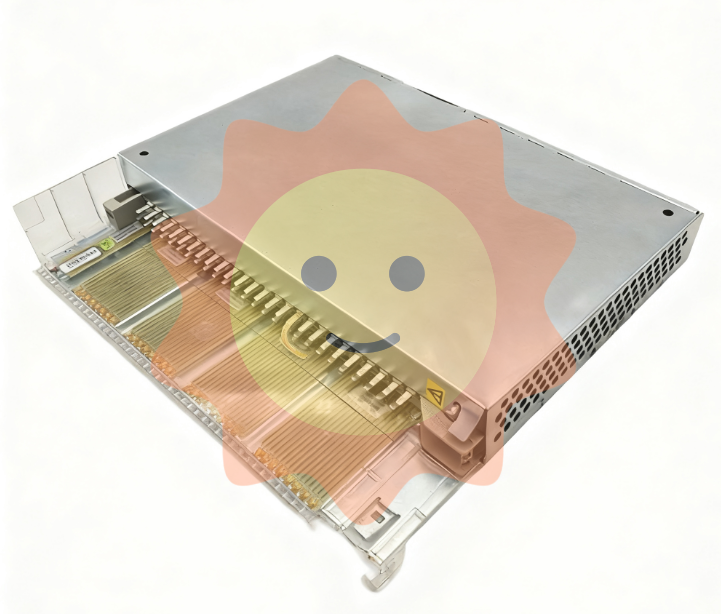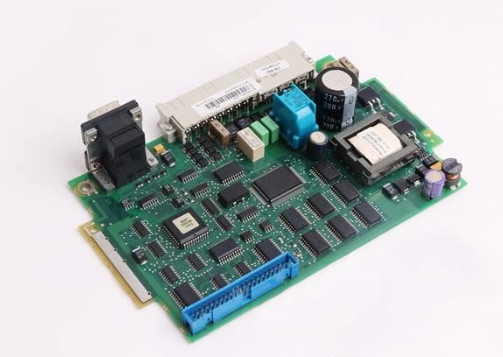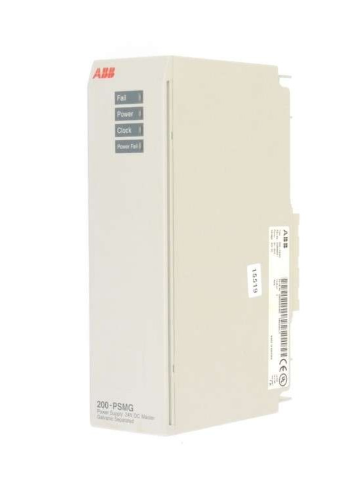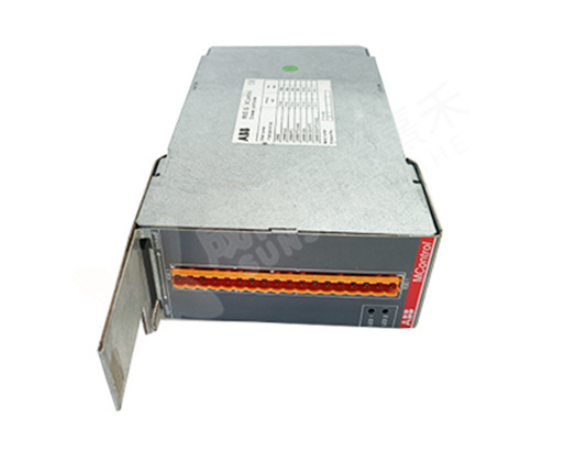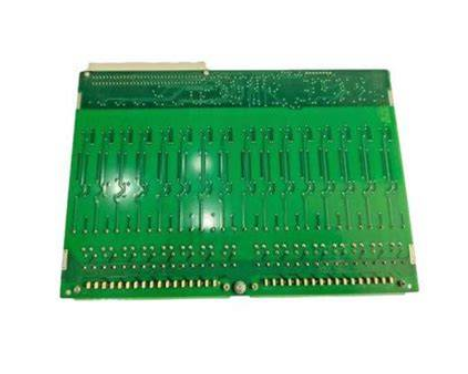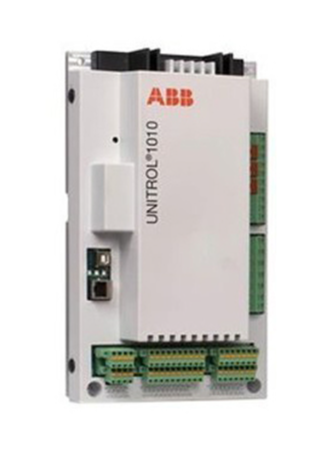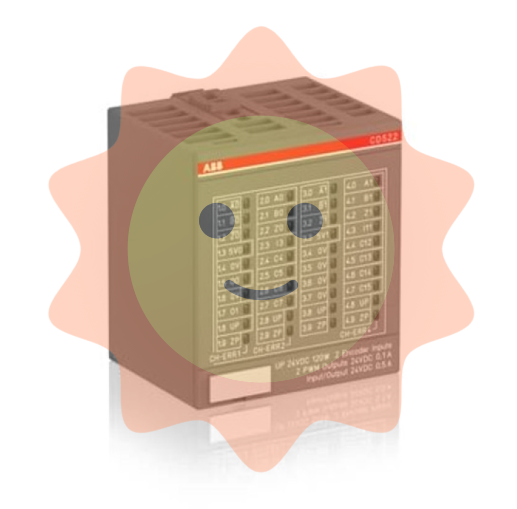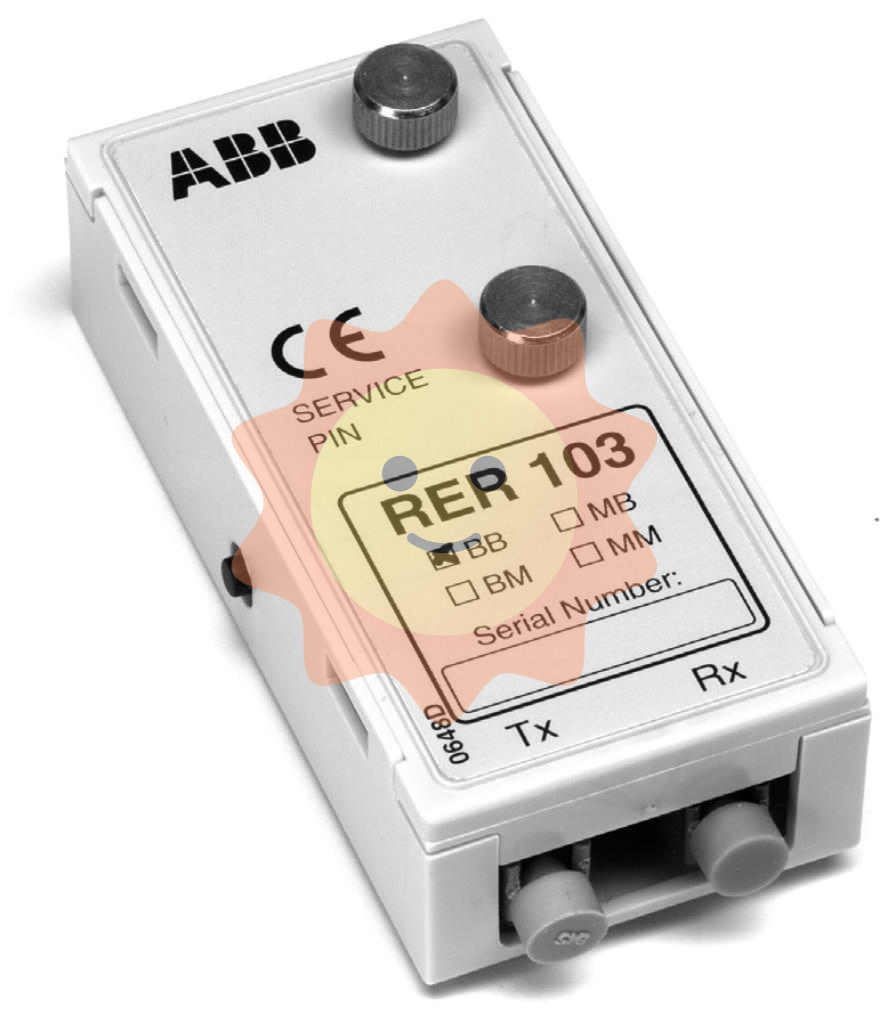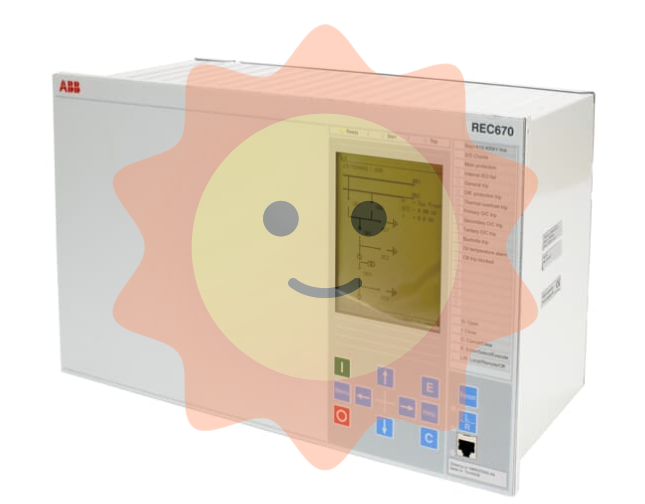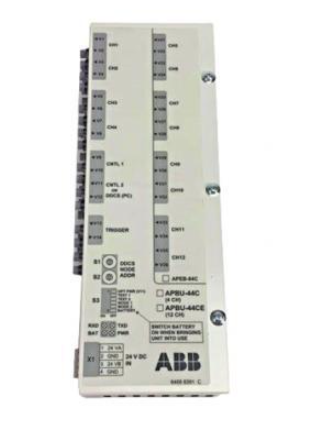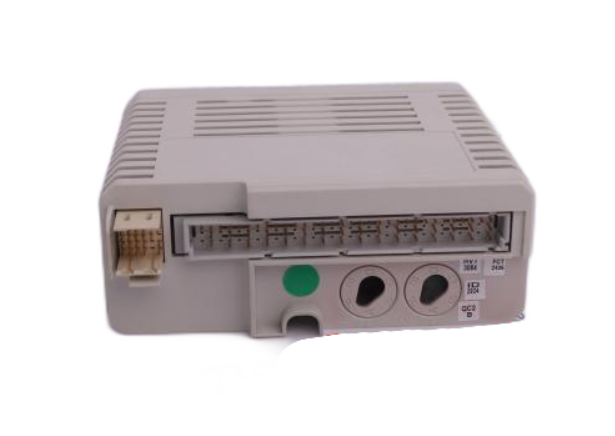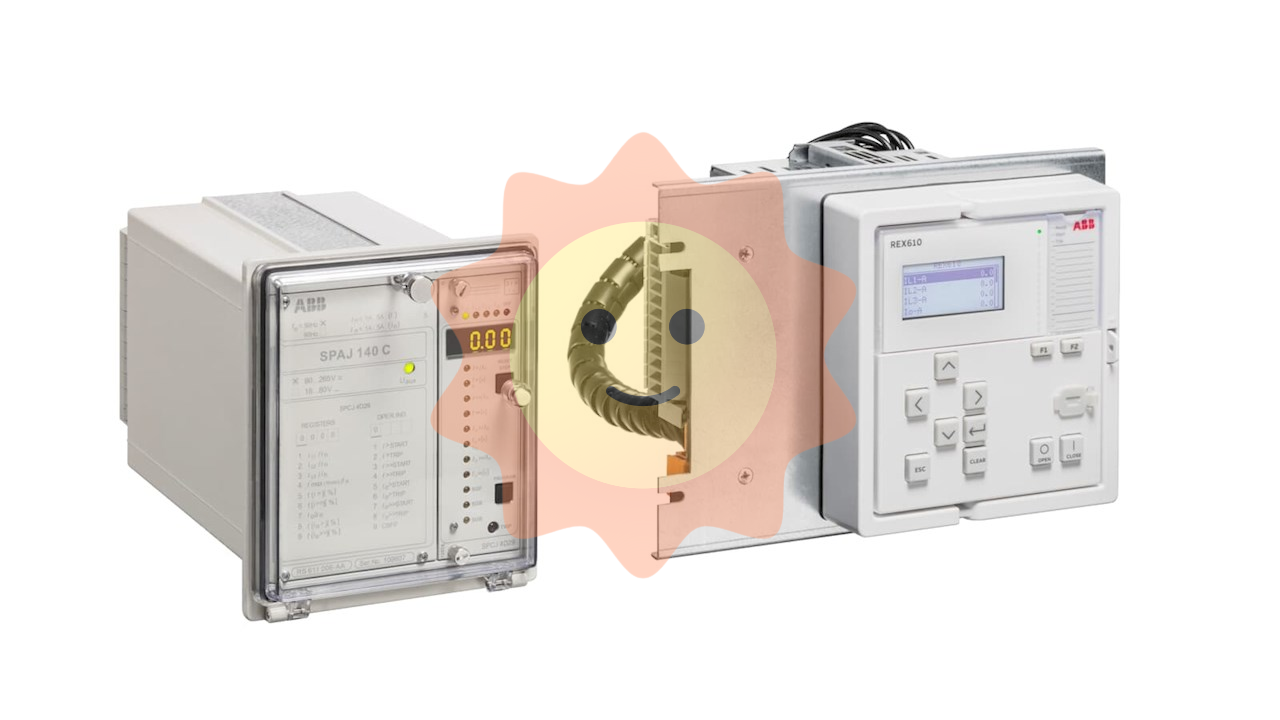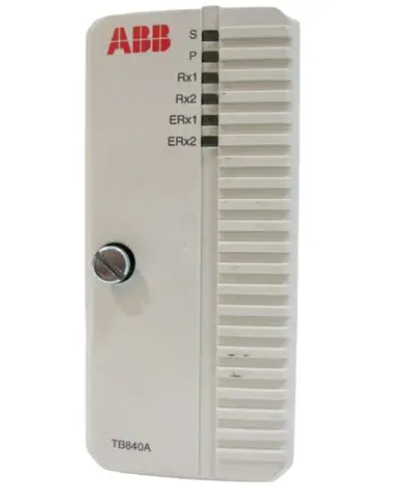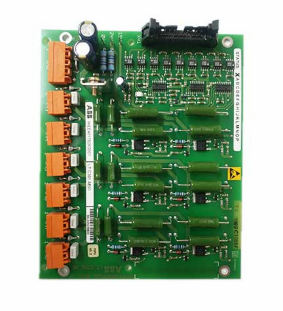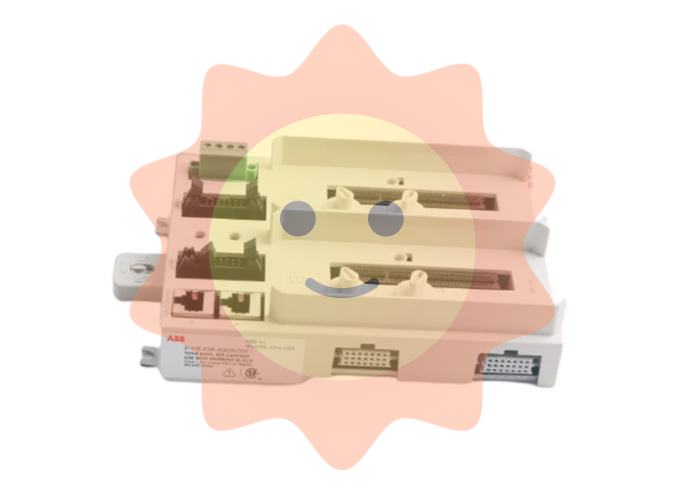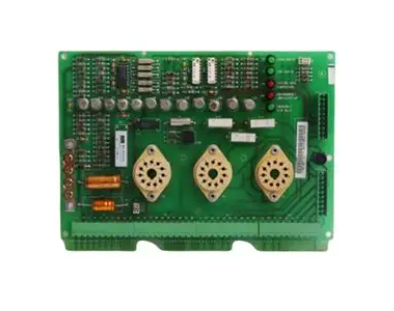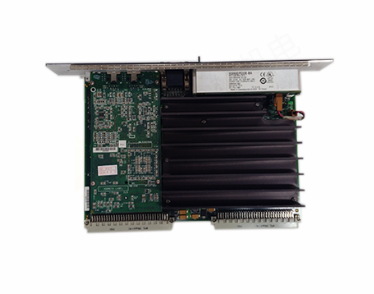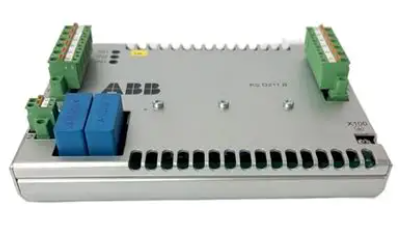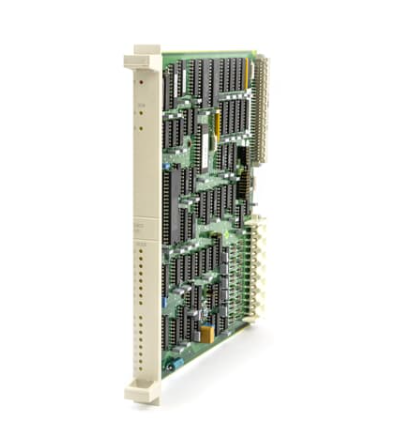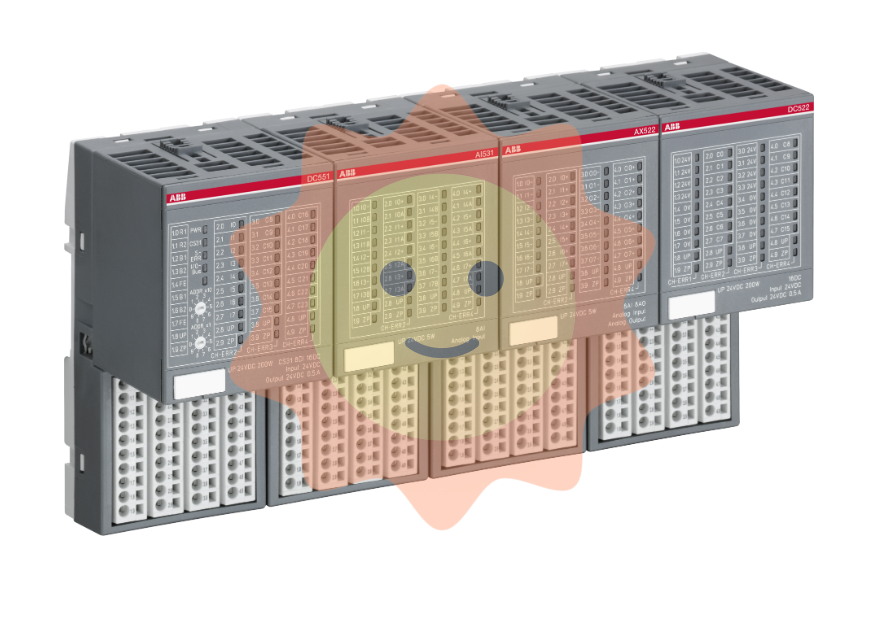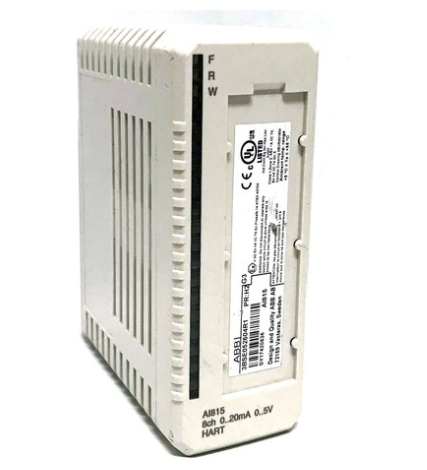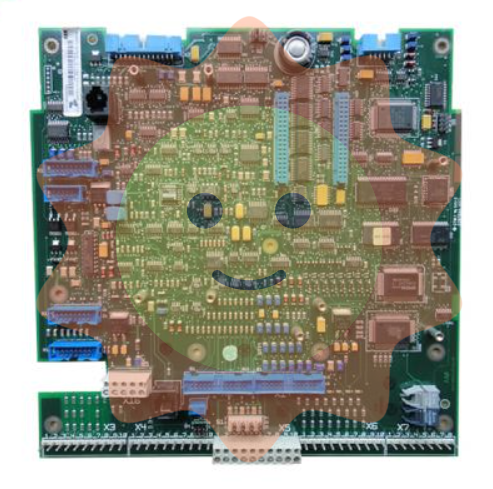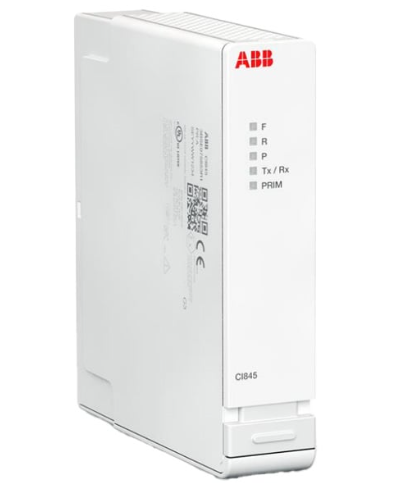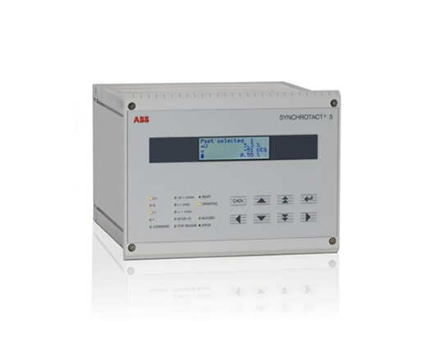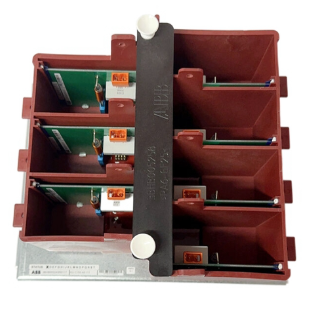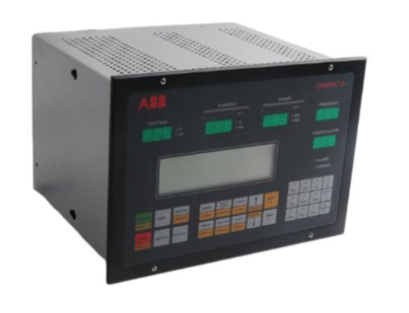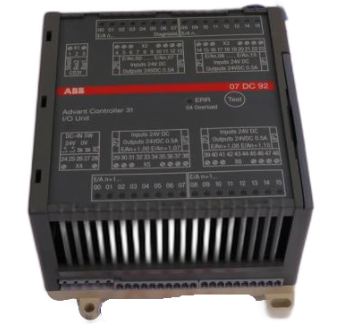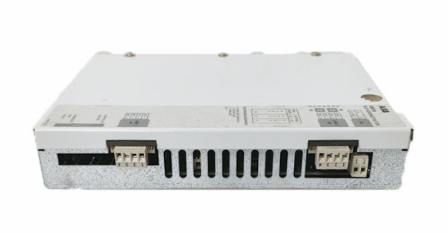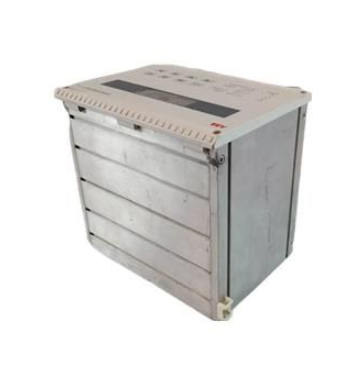ABB IMBLK01 module
When the ABB IMBLK01 module is working, the analog signals output by external sensors or devices are connected to the module through the analog input channel. The signal is first amplified, filtered, and processed by the signal conditioning circuit, and then converted into digital signals through an analog-to-digital converter (ADC), which is transmitted to the built-in processor. The digital input signal directly enters the processor through the digital input interface. The processor performs logical operations and processes on input data based on programs and algorithms pre stored in internal memory, generating corresponding control instructions. These instructions are converted into analog signals through digital output channels or digital to analog converters (DACs), and then output to external actuators to achieve precise control of the device.
During the communication process, the communication interface module is responsible for transmitting and receiving data with external devices. When receiving data, decode and verify the signal before passing it to the processor; When sending data, encode and package the data processed by the processor, and send it out through a communication interface. At the same time, the clock circuit and power management circuit inside the module provide stable clock signals and power supply for the entire system, ensuring that all functional modules work together normally.
Key advantages
High precision and high reliability: Advanced sensor technology and high-precision A/D and D/A converters are used to ensure high-precision data acquisition and control. High quality electronic components are selected and rigorously tested to demonstrate excellent resistance to electromagnetic interference and environmental adaptability. They operate stably in complex electromagnetic environments and harsh weather conditions, significantly reducing equipment failure rates and maintenance costs.
Flexible scalability: Rich input and output interfaces and support for multiple communication protocols enable it to flexibly adapt to different industrial equipment and system requirements. Users can easily achieve functional expansion and system upgrades by adding expansion modules or adjusting software configurations according to actual application scenarios, meeting the changing needs of enterprise production development.
Efficient processing performance: The combination of high-performance processors and optimized data processing algorithms ensures that the module processes large amounts of data quickly and accurately, responds to external signal changes in a timely manner, makes control decisions quickly, and significantly improves system operating efficiency and production efficiency.
Convenient installation and maintenance: Compact modular design and standardized interfaces make module installation easy and can be quickly integrated into existing systems. Improve self diagnostic function and clear fault indication, facilitate technical personnel to quickly troubleshoot and repair faults, shorten equipment downtime, and improve production continuity.
Precautions
Installation environment requirements: It should be installed in a dry, well ventilated, non corrosive gas, and non violent vibration environment. Avoid installation in high temperature, humid, and dusty areas to prevent electronic components from being affected by moisture, oxidation, or dust blockage, which can affect performance and lifespan. The installation location should be far away from strong electromagnetic interference sources such as large motors and transformers to reduce the impact of electromagnetic interference.
Power connection specification: Before connecting the power supply, it is necessary to confirm that the input power supply voltage is consistent with the module requirements and ensure that the power supply polarity is correct. It is recommended to use a stable power supply and install appropriate fuses and filtering devices in the power line to prevent module damage from power fluctuations and surges.
Key points for signal connection: When connecting input and output signal cables, ensure that the cables are firmly connected to avoid virtual connections and short circuits. For analog signals, shielded cables are used and the shielding layer is reliably grounded to reduce external interference. At the same time, pay attention to matching the signal range to prevent the input signal from exceeding the range and damaging the module.
Software operation specifications: When configuring and programming software, strictly follow the product manual to avoid system failures or data loss caused by improper operation. Regularly backup module software for quick system recovery in case of failure. Before upgrading software versions, conduct testing to ensure compatibility between the new version of software and hardware.

- EMERSON
- Honeywell
- CTI
- Rolls-Royce
- General Electric
- Woodward
- Yaskawa
- xYCOM
- Motorola
- Siemens
- Rockwell
- ABB
- B&R
- HIMA
- Construction site
- electricity
- Automobile market
- PLC
- DCS
- Motor drivers
- VSD
- Implications
- cement
- CO2
- CEM
- methane
- Artificial intelligence
- Titanic
- Solar energy
- Hydrogen fuel cell
- Hydrogen and fuel cells
- Hydrogen and oxygen fuel cells
- tyre
- Chemical fiber
- dynamo
- corpuscle
- Pulp and paper
- printing
- fossil
- FANUC
- Food and beverage
- Life science
- Sewage treatment
- Personal care
- electricity
- boats
- infrastructure
- Automobile industry
- metallurgy
- Nuclear power generation
- Geothermal power generation
- Water and wastewater
- Infrastructure construction
- Mine hazard
- steel
- papermaking
- Natural gas industry
- Infrastructure construction
- Power and energy
- Rubber and plastic
- Renewable energy
- pharmacy
- mining
- Plastic industry
- Schneider
- Kongsberg
- NI
- Wind energy
- International petroleum
- International new energy network
- gas
- WATLOW
- ProSoft
- SEW
- wind
- ADVANCED
- Reliance
- YOKOGAWA
- TRICONEX
- FOXBORO
- METSO
- MAN
- Advantest
- ADVANCED
- ALSTOM
- Control Wave
- AB
- AMAT
- STUDER
- KONGSBERG
- MOTOROLA
- DANAHER MOTION
- Bently
- Galil
- EATON
- MOLEX
- Triconex
- DEIF
- B&W
- ZYGO
- Aerotech
- DANFOSS
- KOLLMORGEN
- Beijer
- Endress+Hauser
- MOOG
- KB
- Moxa
- Rexroth
- YAMAHA


Email:wang@kongjiangauto.com




